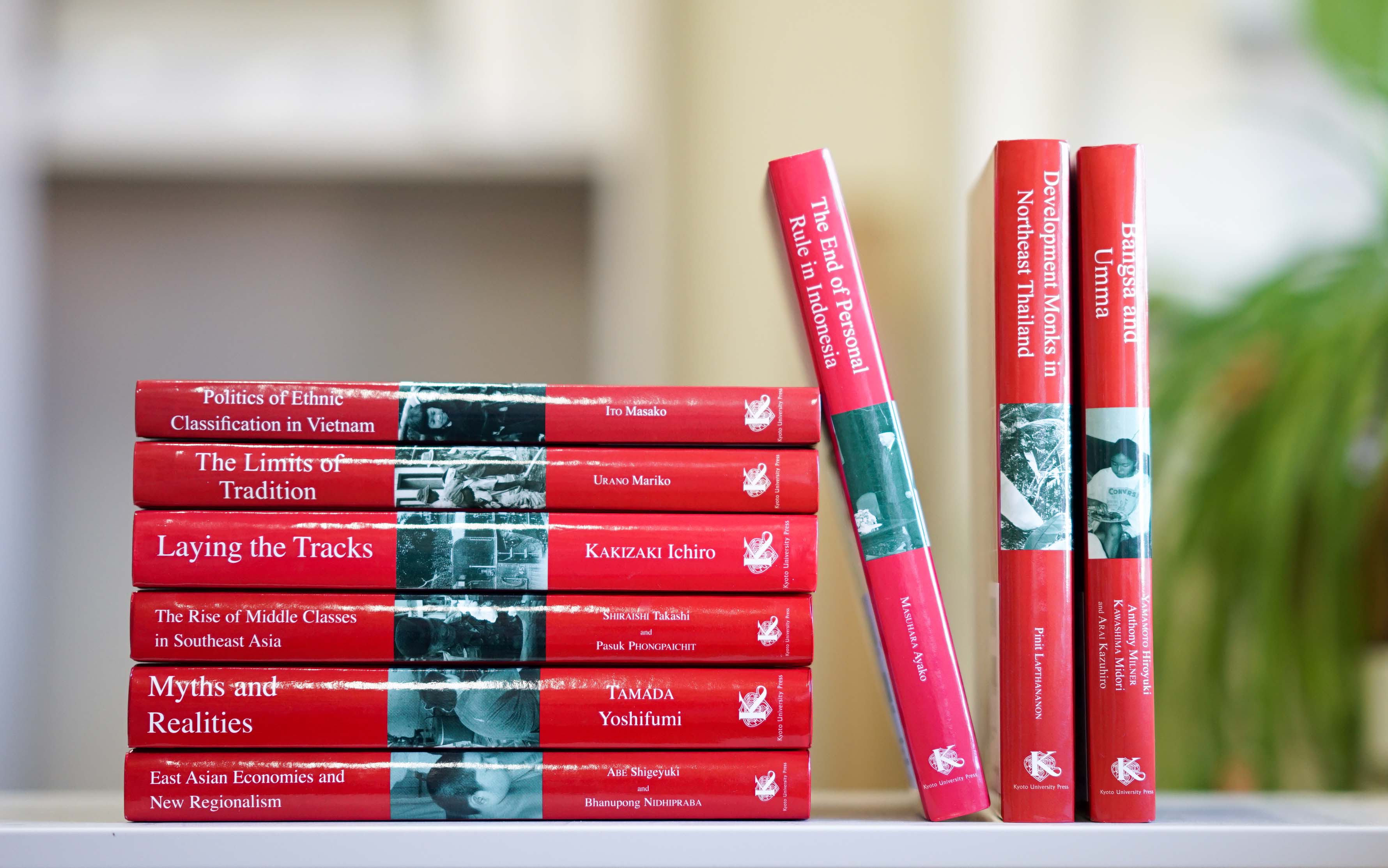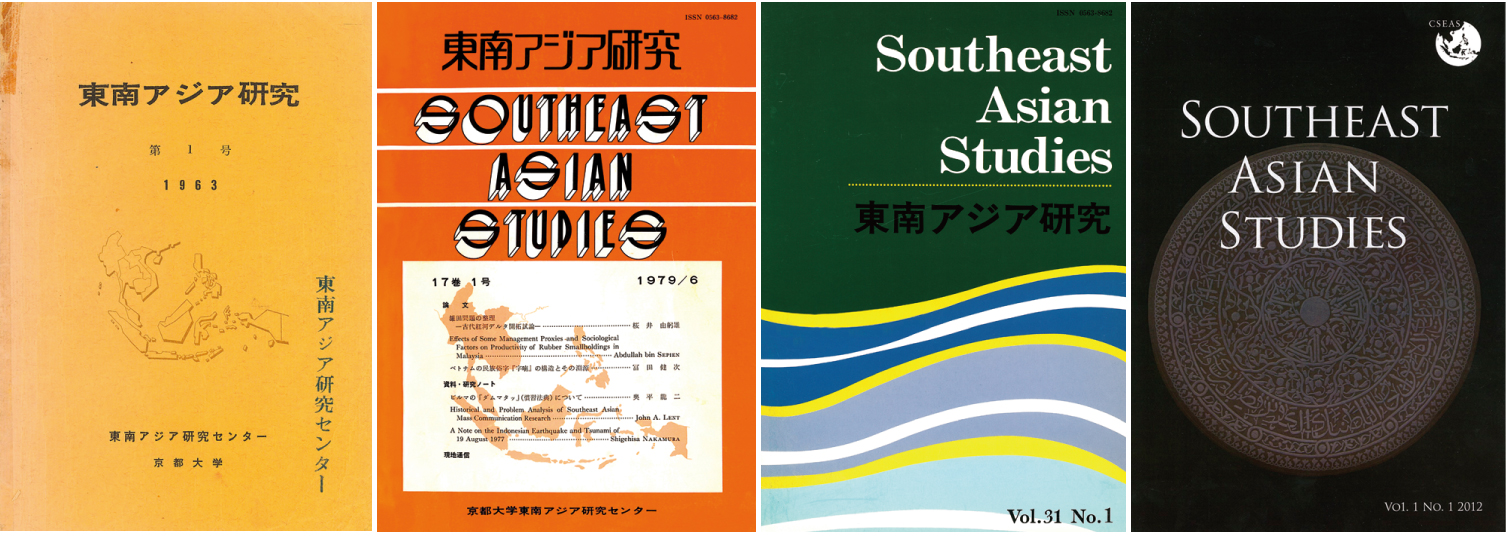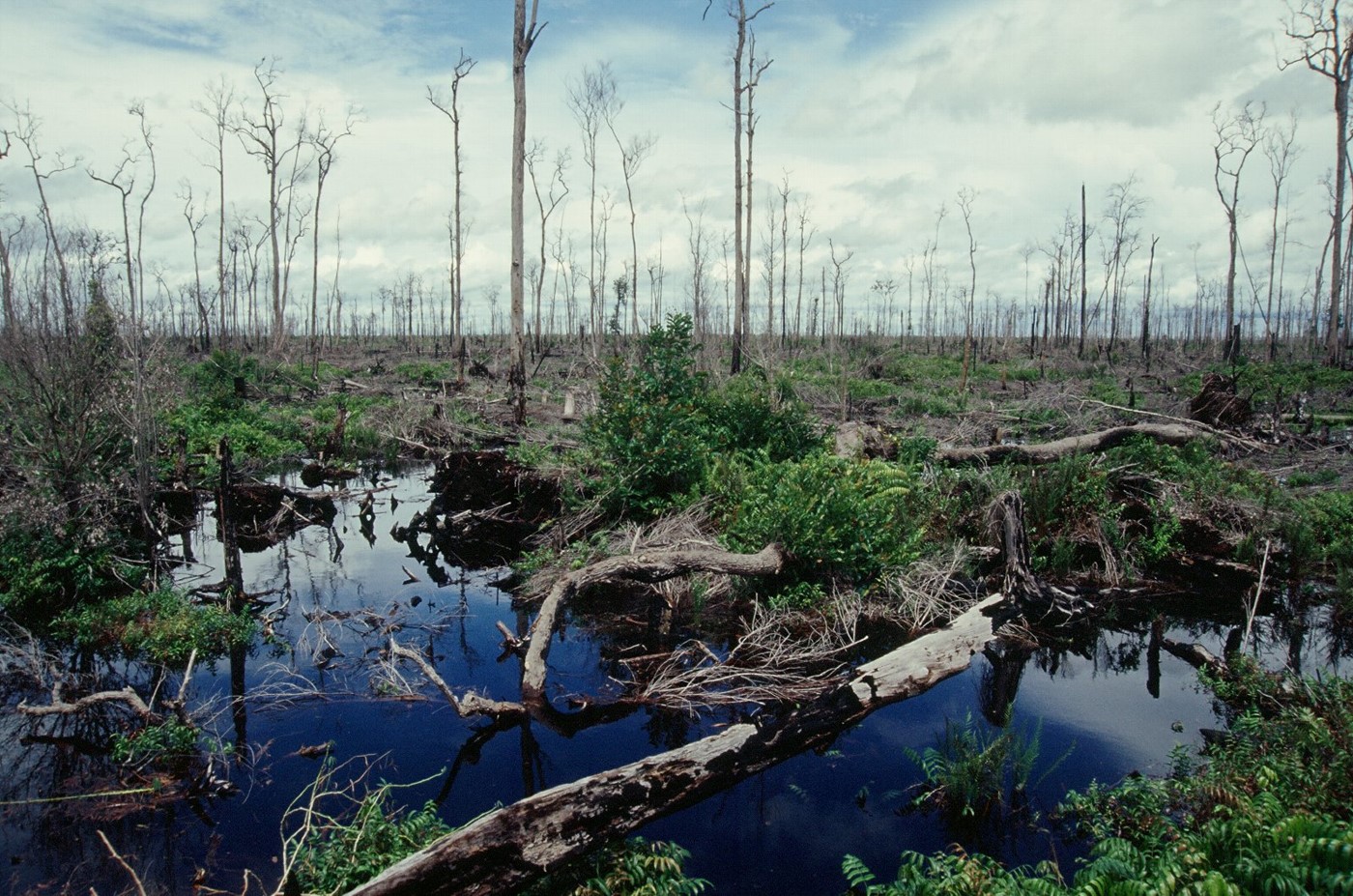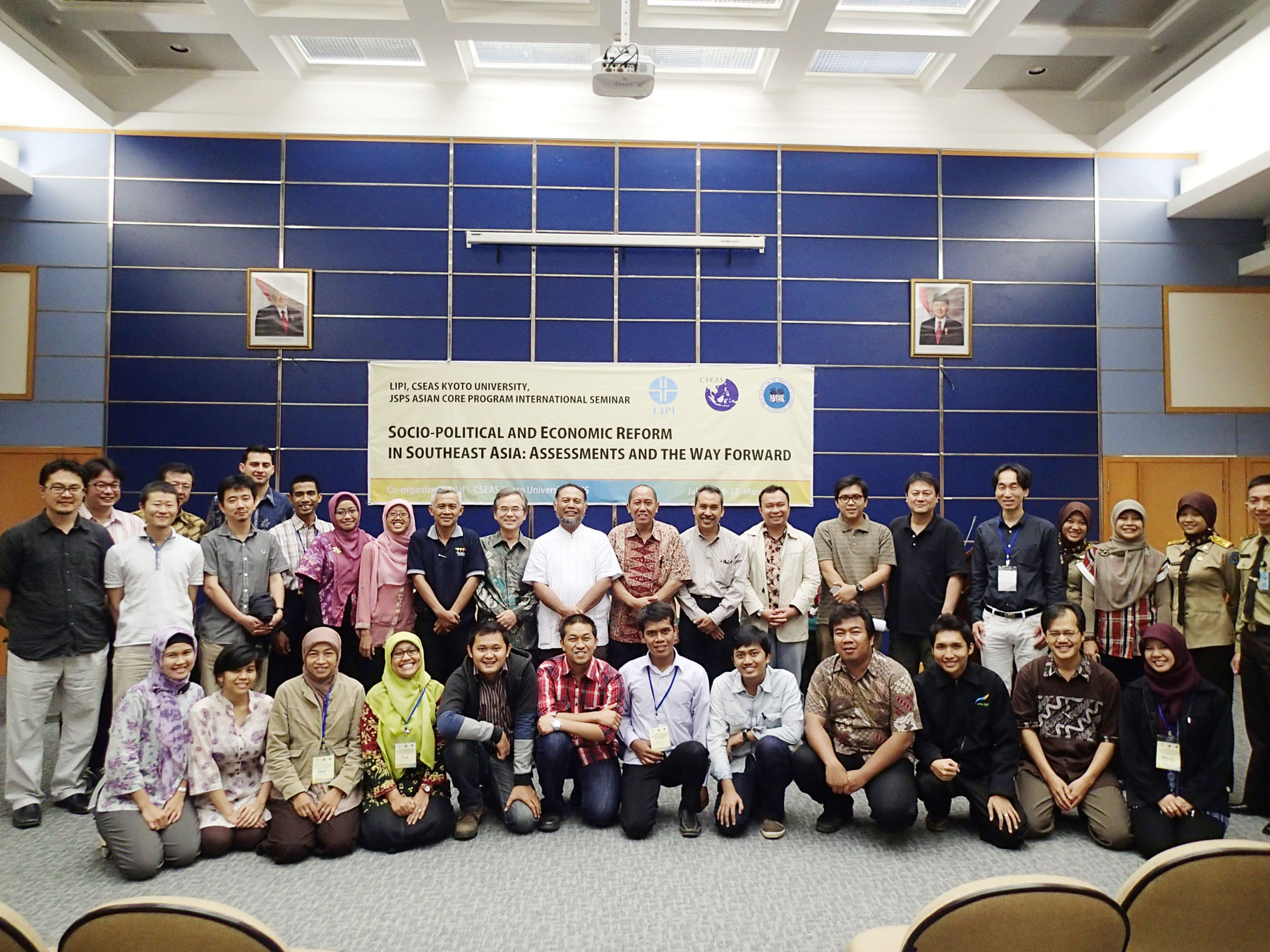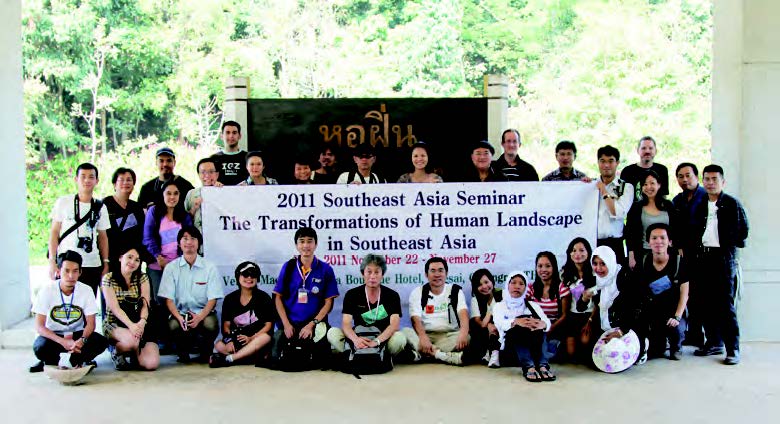1960s – EARLY 70s INSTITUTIONAL DEVELOPMENT STAGE
Spring 1959 - CSEAS
The history of CSEAS predates its official establishment. In the spring of l959, a group of scholars in Kyoto began to organize monthly seminars on various aspects of Southeast Asian culture and society. As the seminars gradually attracted an increasing number of faculty members and graduate students from universities in and around Kyoto, the enthusiastic participants sought the possibility of organizing the informal gathering into a more institutionalized forum. A preparatory committee was formed in l961 to organize a systematic program of Southeast Asian studies, one that included the natural sciences, which were neglected in most area studies programs in Western universities and research institutes. These developments culminated in the creation of CSEAS in January 1963 on the campus of Kyoto University as a semi-official body for coordinating Southeast Asian studies.
The newly organized center lost no time in launching a joint research project with special emphasis on Thailand and Malaysia. Researchers went to these two countries to conduct fieldwork, ranging from detailed community studies by anthropologists to investigations of tropical forests, paddy soils, and agricultural techniques by natural scientists. It was to facilitate these field activities that the liaison office was opened in Bangkok in October 1963 and staffed by representatives of the Center. The office in Jakarta has been similarly staffed since l970. Funding for fieldwork in the early years came primarily from private sources, including a research grant from the Ford Foundation and a domestic fund raised by supporters of the center. The results of the center’s research programs in its inceptive stage were so promising that the Ministry of Education, Science and Culture (Monbusho) decided to grant the center formal status in order to foster its area studies program. Thus, in April 1965 the center was reorganized as a “research center” with posts for four full-time staff members, the first such center to be created at a Japanese university.
The foundation of CSEAS was built on the strong support provided by the majority of Kyoto University faculty members and the continuing efforts of the center’s directors and research staff. In particular, Professor Shinobu Iwamura, the second director of CSEAS, who formulated the guiding principles mentioned above, and Professor Shinichi Ichimura, the fourth director, who succeeded Professor Sagara Iichi in 1968 and led the development of the organizational structure and research implementation in the early stage, played prominent roles in paving the way for the development of CSEAS.

Bangkok Liaison Office established in February 1964, the first overseas study station set up by a Japanese university.
Research activities in the early stage were carried out mainly in Thailand, Malaysia, and Indonesia based on individual researchers’ academic concerns. The research projects organized at this stage consisted of those in the Social Science Section and Natural Science Section. The former covered such big themes as “Burmese-Thai area study,” “Malaysian-Indonesian area study,” “political organization and governmental process,” “system and structure of education,” “survey of languages of northern Thailand,” “modernization factors in economic development,” “religion in Southeast Asia,” and “historical and social study of the Chinese in Malaysia.” The latter included “medical survey,” “geological survey,” “studies for agricultural production,” and “biological survey.” The studies were carried out in collaboration with researchers and scholars from other departments and institutes of Kyoto University as well as from other universities in Japan, and through bilateral cooperation with counterpart agencies and institutions in Southeast Asian countries.



